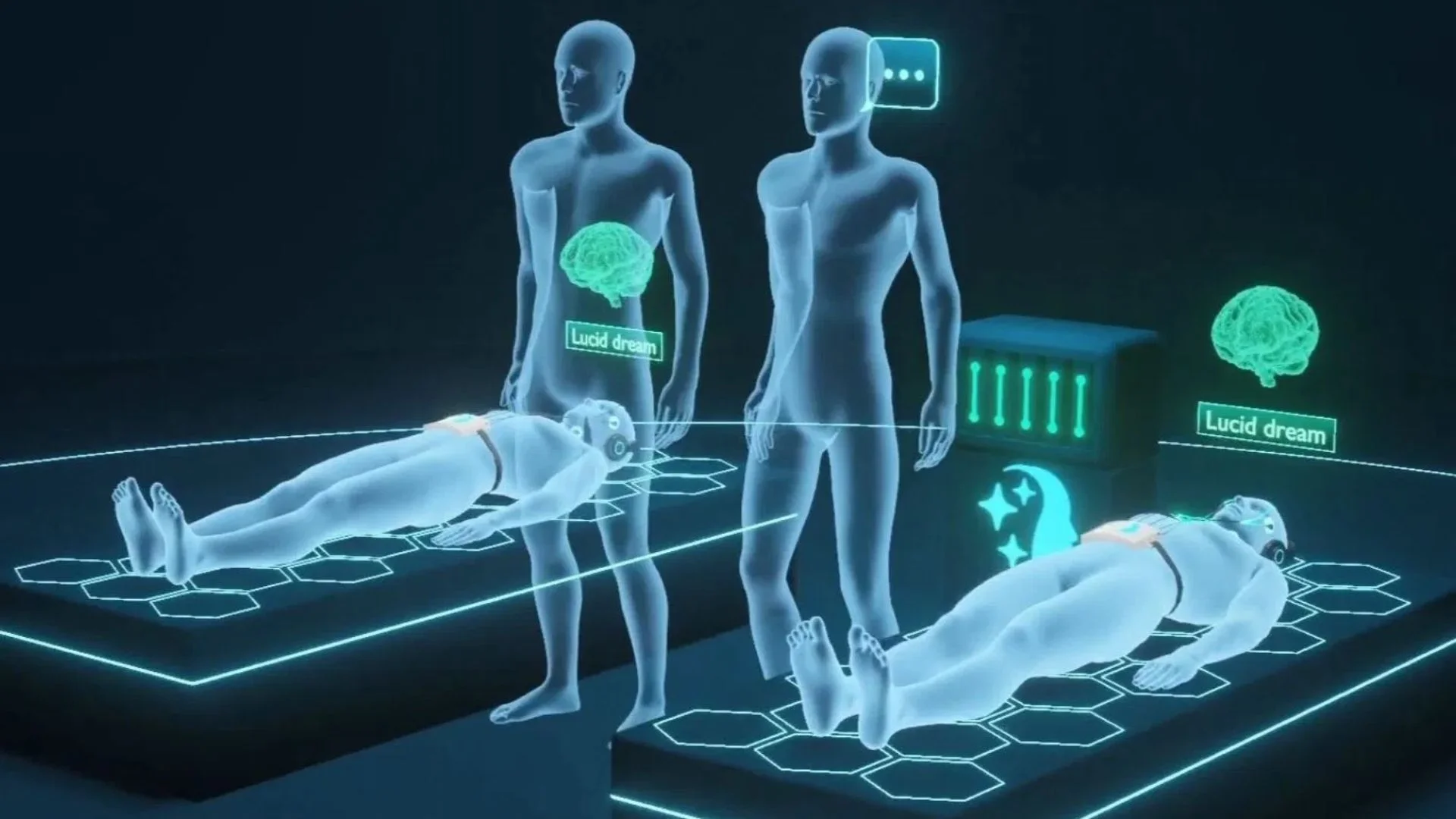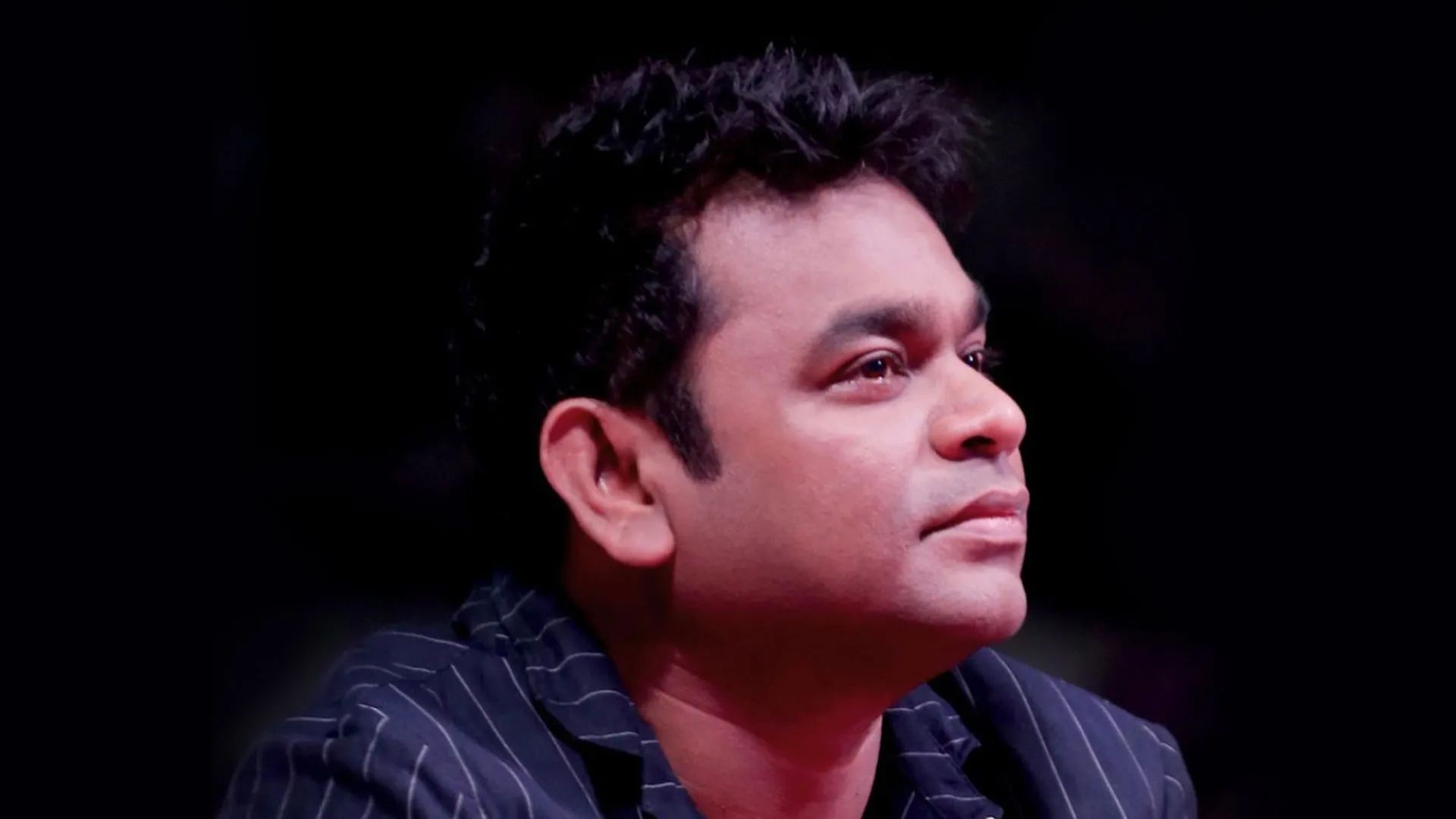
In a groundbreaking experiment that echoes the themes of Christopher Nolan’s “Inception”, the California-based startup REMspace has reportedly enabled two individuals to communicate with one another while in a lucid dream state. Although this extraordinary claim awaits scientific validation, it could mark a significant advancement in sleep research.
The experiment is centered around lucid dreaming, a phenomenon in which individuals become aware they are dreaming and can exert control over their actions within the dream. This state typically occurs during rapid eye movement (REM) sleep, the phase in which most dreams unfold. REMspace’s innovation takes lucid dreaming to the next level by introducing a method for what they term “dream-to-dream communication.”
The experiment involved two participants who were guided into lucid dreaming using a specialized setup developed by REMspace. While the company has not disclosed the specifics of the equipment used, it incorporated monitoring brain waves and other biological data through sensors and a ‘server’ capable of detecting when participants achieved a lucid dream state.
Once a participant entered the lucid dream phase, the server transmitted a simple message to them through earbuds. This message, crafted in a unique language, was repeated by the participant within their dream and recorded for later analysis. Subsequently, a second participant entered their own lucid dream, where they received the previously stored message from the first participant and echoed it upon waking.
This sci-fi-like process was successfully replicated with another set of participants, marking what REMspace hopes will be a pivotal moment in the realm of sleep research.
The technology behind this experiment was conceived by Michael Raduga, founder and CEO of REMspace, who has a history of exploring unconventional ideas, including an attempt to implant a microchip in his brain to control his dreams. His latest endeavor extends beyond personal exploration, aiming for a broader application of lucid dreaming technology.
Raduga envisions numerous possibilities for dream communication technology. It could play a role in mental health therapies, enabling individuals to confront emotions in a controlled dream environment. Furthermore, it might be used in skill training, allowing people to practice tasks in their dreams with the same engagement as real-world scenarios.
Despite the excitement surrounding REMspace’s claims, the findings require thorough scientific examination before gaining widespread acceptance. Nevertheless, Raduga is optimistic about the potential of this technology, boldly stating that lucid dreaming could emerge as the next significant industry following artificial intelligence (AI). If validated, this could lead to the emergence of new industries, pushing the limits of sleep science and communication.
For now, the possibility of communicating through dreams remains a tantalizing prospect on the horizon.















